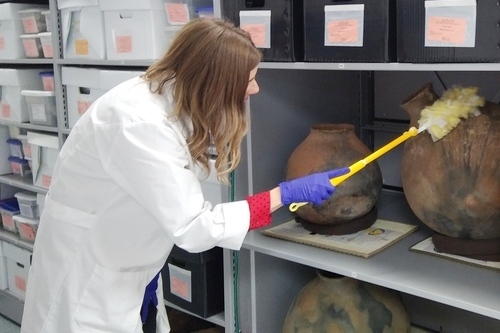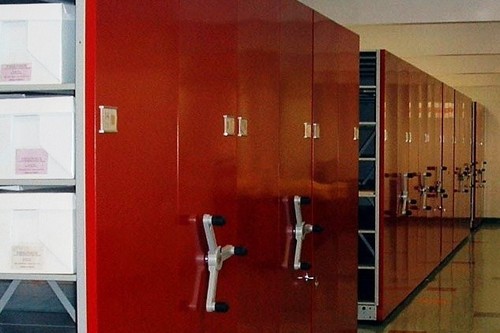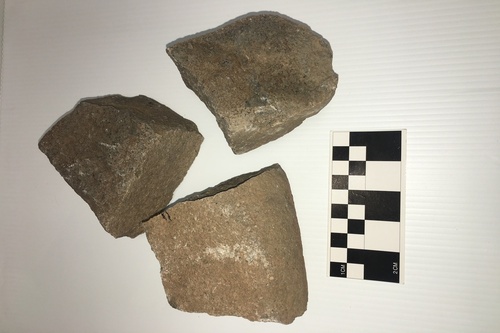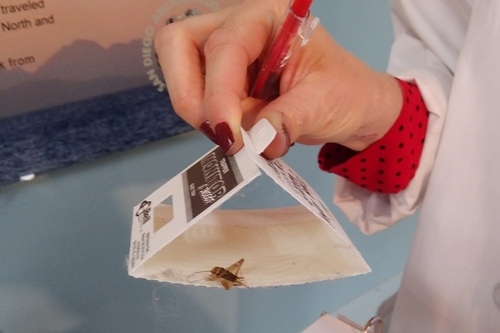
From Inside the Vaults: Museum Housekeeping and Gallery Maintenance
From Inside the Vaults is a monthly blog that gives insight into best practices for collections stewardship, curation, and archaeological collecting institutions.
What Does Housekeeping Look Like for Museums and Collecting Institutions?
How is it different from our typical at-home housekeeping? The past few months we have been exploring best practices of collections stewardship and discussing the importance of preventing collections from damage and deterioration. Housekeeping and gallery maintenance must be actively maintained to extend the life of artifacts. By following a schedule and housekeeping plan, collections managers can perform preventative measures that will preserve collections.
Different collecting institutions may have varying approaches when it comes to housekeeping and gallery maintenance. Spaces and collections are monitored and maintained differently based upon how artifacts are used and stored. When performing housekeeping tasks, it is important to inspect artifacts and their condition regularly for any signs of deterioration. Cleaning materials and methods will differ and should be researched before any cleaning is performed.
Housekeeping Schedule and Tasks
At the San Diego Archaeological Center, the housekeeping schedule is divided into daily, weekly, and monthly tasks. Each day the Collections Manager (or Collections Technician) inspects garbage cans, wipes down counter and work surfaces, and cleans any visible debris, dust, or pollutants from the curation lab, collections vaults, and gallery spaces. At the end of each week, garbage bags are replaced; all surfaces are cleaned and dusted; floors are swept and vacuumed; and exhibit cases are examined for artifact dust. When sweeping, a “dust mop” is used rather than a normal broom to limit the disturbance of dust in collections spaces. Monthly, oversized artifacts are examined for dust accumulation and cleaned as necessary, windows and doors are cleaned, and all curation lab, collections vaults, and exhibit gallery floors are mopped. Housekeeping tasks are recorded and any sign of debris, dust, or dirt build up are noted. Housekeeping is time consuming but can increase the life of artifacts greatly if performed with care and attention to detail.
Why is Housekeeping Important?
Preventative measures are taken so that damage to collections overtime is minimal. Dirt and dust contribute to the deterioration of artifacts and unclean spaces attract rodents and pests. A housekeeping plan outlines a schedule that should be carefully followed and on a consistent basis. By adhering to the housekeeping schedule, collections managers are able to provide preventative care for artifacts, which leads to their longevity.
By Jessica McPheters, Collections Manager




